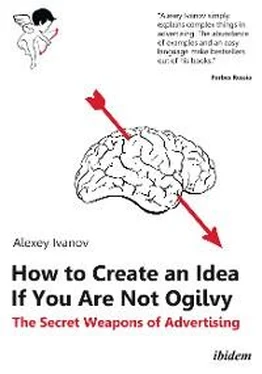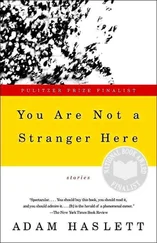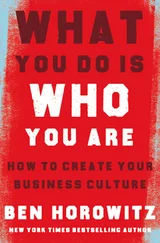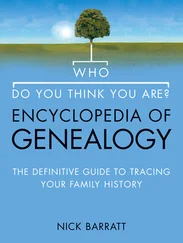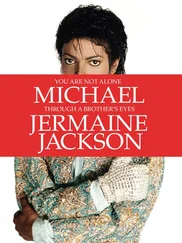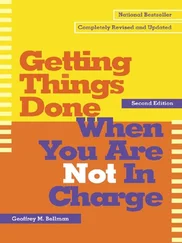Content
How this book was born
The patient idea-hunters
Chapter 1. The tool borrowed from physics
Chapter 2. Divide et impera
Chapter 3. Chasing after defeats
Chapter 4. Let it storm
Chapter 5. The Queen of the advertising kingdom
Chapter 6. Violate the symmetry on purpose
Chapter 7. Hidden reserves of the adman
Chapter 8. The favorite tool of the art director
Where do ideas really hide?
Secret gift to the reader
About the author
Endorsements
Copyright
ibidem Press, Stuttgart
“I do not wish to deceive you; you must know the
truth as I know it; may you enter into this truth not
through agonizing error and crushing disappoint-
ment, but simply as an inheritance.”
Alexander Herzen to his son Alexander
How this book was born
People collect basically everything. Beer lovers hunt after beer labels and bottle caps. Phalerists search after medals, badges, military awards. Memomagnetics—fridge magnets. Notaphilists—rare banknotes. Arenophiles—sand from beaches. Sucrologists—packets of sugar from restaurants and coffee shops.
Buttons and transport tickets, rubber ducks and teddy bears, countries visited and unusual names of ladies conquered—everything can be collected.
The author of the following lines also shares this collecting passion. I am the collector of ideas. For many years I’ve collected ads, videos, leaflets, and posters which drew attention to themselves, surprised me and led to the purchase of a product.
People collect buttons and transport tickets, rubber ducks and teddy bears, countries visited and unusual names of ladies conquered.
Every good idea brought me great joy, for it helped me in my work each time. Each new idea became a tool to help solve a whole range of creative tasks. It turned into my personal competitive advantage that has always been at hand.
Hunting for ideas, for ways to complete or expand this collection has always seemed to me much more fascinating than the collecting of coins or postcards. I think that we should be collecting not things physically but their essence, their basis, their concepts and ideas.
In the 1930s in the United States a man was condemned for the murder of his colleague, a philatelist. The judge asked what the motive for the crime was. The puzzled defendant replied: “But, Your Honor, he refused to sell the post stamp, which was missing from my collection...”
Picking up ideas is beneficial in terms of security as well. And, the truth of the matter is that sharing ideas can make each of us richer. In the words of the absurdly talented George Bernard Shaw, if you have an apple and I have an apple and we exchange these apples then you and I will still each have one apple. But if you have an idea and I have an idea and we exchange these ideas, then each of us will have two ideas.
By the way, do you know what to exchange so that both parties of the transaction have nothing to share afterwards? Try to exchange secrets ...
Over 100,000 advertising materials have passed through my consciousness up to current day. I’ve saved the best of them in my personal archives. Through the years, this collecting became true scientific research.
I am the collector of advertising ideas.
There are about 5,000 advertising samples in my collection. They differ from the ordinary mass of commercial production by the power and sharpness of impact on the viewer. Usually, they also differ in sales results, though not everyone has consistently shared their financial results from their advertising campaigns.
Analysis of the collection led to a surprising discovery.
The exact numbers of products, market niches, and target audiences were incalculable. But the number of creative techniques that were used to create sales materials was very small. There are around a couple of dozen.
Even among these twenty techniques there were only eight that were used most frequently. These are the tools we are going to discuss in this book. This set of creative tools will always be helpful for you to find a strong solution, even if you believe that there is not a single drop of creative blood in your veins.
Money today devalues rapidly, but the promotional approaches that you will learn in this book and, most importantly, the ideas that will be created in your own head after reading, will only keep growing in value. Therefore, by investing very little you get much in return—the golden rule of Mister Business.
If the number of unexpected thoughts and bright ideas in the world grow, everybody wins. The creative success of any one of us will make our common noosphere—the sphere of human thought—larger, stronger and more robust.
The patient idea-hunters
“Any cat that misses a mouse
pretends it was aiming for
the dead leaf.”
Charlotte Gray,
Canadian historian and author
Is it easy to find the idea in general, and the advertising idea in particular?
The history of ice cream has more than 4,000 years, but the first wafer cone was offered to a sweet tooth only at the end of the 19th century.
Meat has been consumed by primitive people since before they learned how to write their own history, even in pictures. Bread baking started during the Stone Age, but the first sandwich wasn’t prepared until 1762.
Years, decades, centuries pass by before somebody comes up with this or that idea.
Glasses and lenses were used for 300 years before the invention of the telescope. What is this optical instrument? Just a simple combination of two lenses. A hollow tube and two pieces of glass—that’s all! But for many hundreds of years no one had guessed to take a lens and look at it through the other lens!
There are millions of other similar examples.
Years, decades, centuries pass by before somebody comes up with this or that idea. Great inventors have to sort out thousands of options before coming to the right solution.
Thomas Edison had failed 2,000 experiments before he succeeded in improving a light bulb filament.
In order to invent the alkaline battery, he had to perform some 50,000 attempts. Edison himself was optimistic and didn’t consider these attempts as a failure, but rather as discovering 50,000 ways that wouldn’t work.
Companies, agencies, people waste enormous intellectual and time resources.
It is sad, but in the 21st century, people keep doing the same. They sort through countless variations before they find the right one. The main way to create new ideas is still the great-grandfather’s method of trial and error.
Several years ago, one Russian nationwide newspaper asked its young readers: “Which methods of solving creative problems do you know?” Here is what a seventh-grader from Bashkiria answered: “The method of solving a creative problem is a man sitting with a thoughtful face, looking at the ceiling and scratching his forehead”. I would not say that this picture differs from the real situation even at quite serious and respected companies.
Advertising is a business of ideas.
Every day creative agencies are committed to coming up with many concepts for clients. How does it happen in practice? Take a look at the graphic record of the process of finding a solution at one of the advertising boutiques (see Fig. 1.).
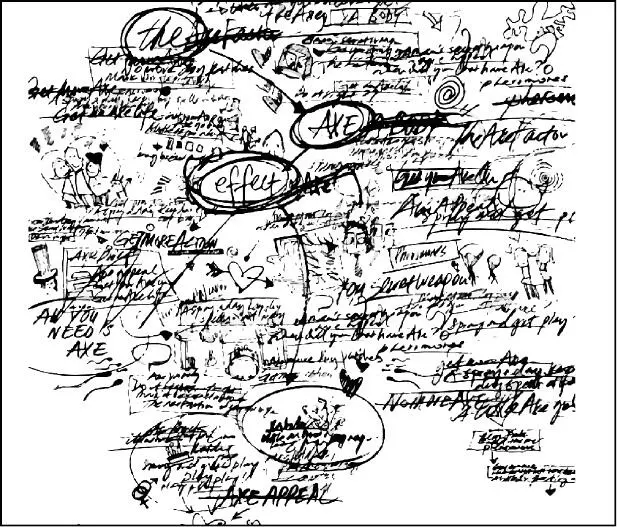
Drawn by Juriy Gerasimov
Fig. 1. How the ideas of the adman work in the 21st century.
As you see, the same good old trial-and-error method is the queen of the ball. However, sometimes brainstorming1 is used as one of its variations.
It is extremely inefficient. Companies, agencies, people waste enormous intellectual and time resources. Here is the working process of an ad team described by a person who knows about it firsthand.
Читать дальше
